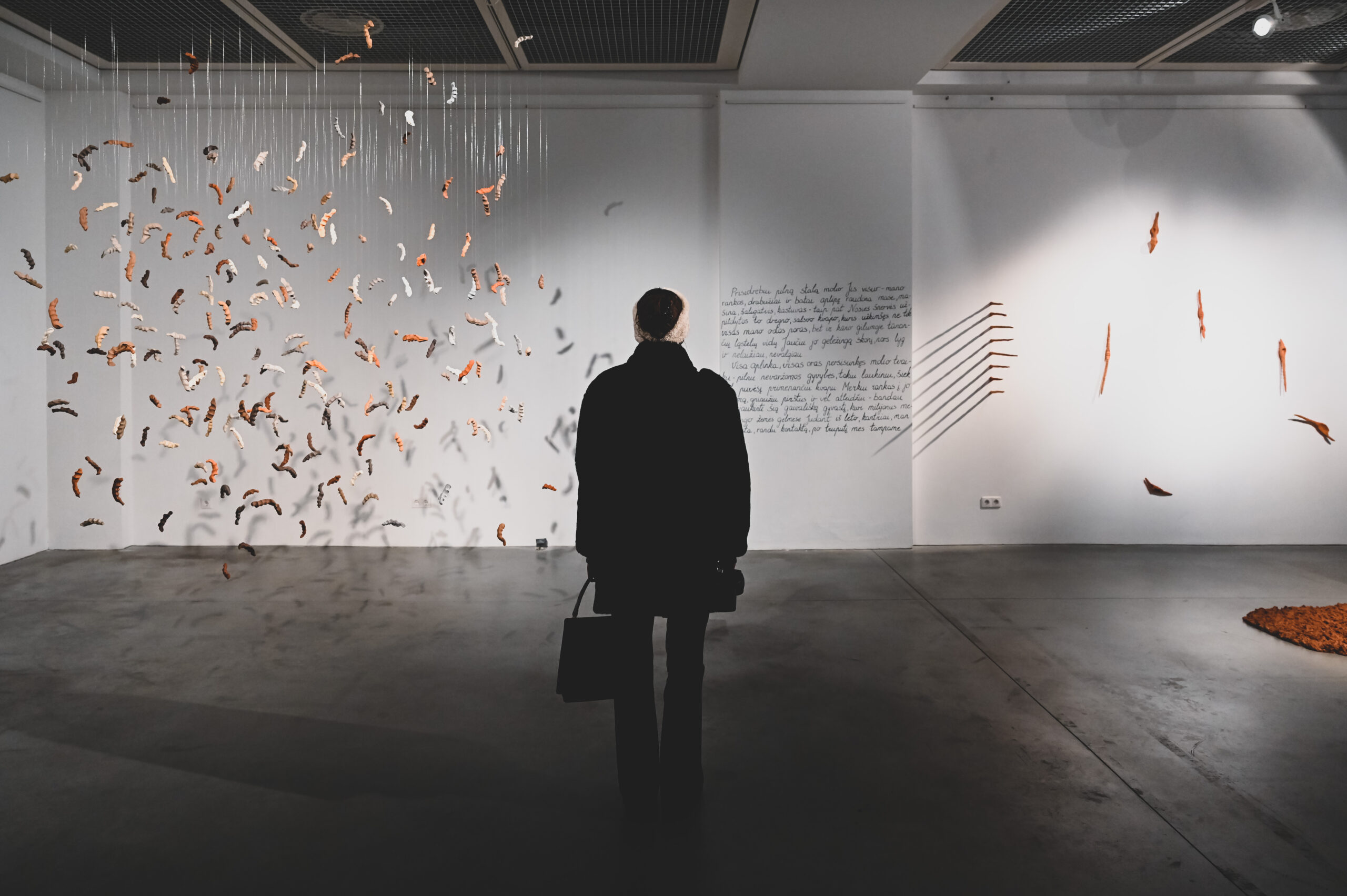Exhibition hall of the Vilnius Academy of Arts “Titanikas”
The formal beginning of the “Titanikas” exhibition halls of the Vilnius Academy of Arts was in 2009, when the new VDA building with departments of various specialties, auditoriums, an art and science laboratory was ceremoniously opened in the reconstructed building of the former printing house. An object that has almost become ruins, where in 2003-2007 the “Intro” art center operated, painters set up their studios in a partisan manner on the upper floors, future bachelors and masters of arts defended their theses in the spring, students exhibited their works during SMD (Lit. studentų meno dienų, Eng. student art days,), it was called “Titanikas” because of its gloomy and weathered appearance. .
Therefore, the clerical title – building D, did not stick to this renovated building, it is still officially called by a more witty and appropriate name. The VDA exhibition halls “Titanikas” occupy two floors of this building (the total area is about five hundred square meters), and exhibitions initiated by different authors or curators take place in parallel. The Museum of the Academy also functions nearby with its exhibits of painting, graphics, sculpture, textiles, ceramics, sculpture, and media art (most of them are students’ course and diploma theses).
The exhibition activity of VDA exhibition halls “Titanikas” is developed in several directions. The main priority is the presentation, dissemination and publicity of the work of the Academy community – students and teachers (current and former). In this exhibition space, defenses of students’ theses are held, and curated exhibitions of graduates and doctoral students in the fields of art and design are presented every year.
Encouraging the initiatives of young artists who have finished their studies and are starting their careers is also one of the guidelines of “Titanikas”. The gallery also carries out an educational – educational mission, retrospective, historical exhibitions, in the form of which events in the history of art are commemorated, bright artistic personalities and deserving classics are oriented not only to academic, but also to the needs of the general public.







